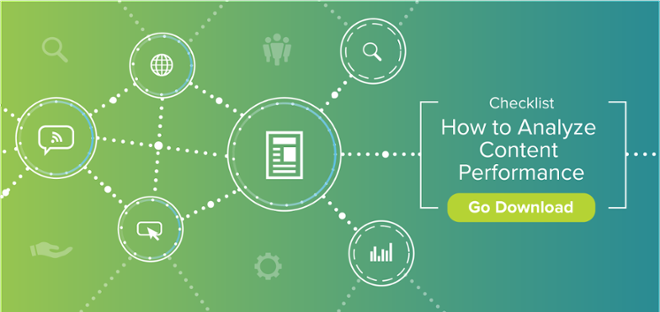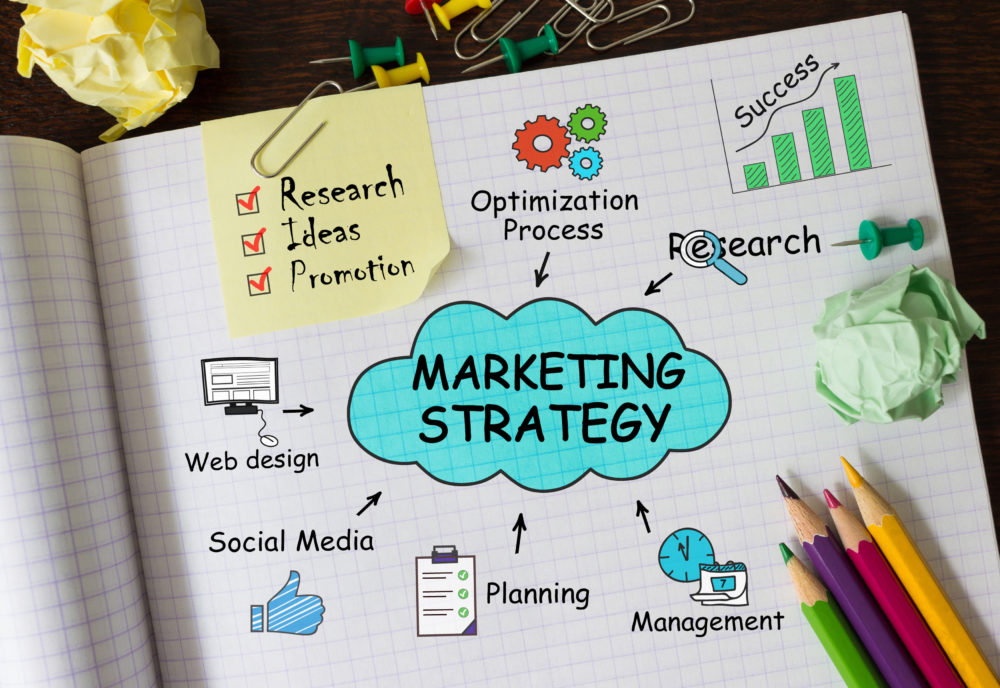Direct-to-Consumer Marketing 101: How to Get Started
Table of Contents
Being honest can take you far
The skincare market is hard to tap into. But WOW Skin Science, a D2C brand, managed to crack the code by being honest in all their communication about what goes into their products.
According to its co-founder, Manish Chowdhary, “We were open about the ingredients that go into our products. This has created a strong brand recall in our customers’ minds, and they have picked up our products knowing their skin and hair were getting the best of ingredients.”
How to get started with a direct-to-consumer marketing strategy
If D2C sounds like the right strategy for your business, let’s dive into how to get started. You’ll want to build an online storefront, create a social presence, personalize your messaging, involve influencers, and more.
Build an easy-to-use online storefront
Every buying decision, every dropoff, every click on your call-to-action is made via your website. It is the central nervous system of your sales. And since your online storefront makes the first impression, having a clean and simple UI can help your prospects understand what you have to offer much quicker, and push them on to the next stage of the buying journey.
Today’s customers also expect quick and effortless customer experience when they visit your website. So how do you engage with them while they are on your website? By nudging them with the help of chatbots that can be set up on your website. With chatbots you can:
- Understand intent of every visitor
- Share helpful resources that will strengthen their buying decision
- Narrow down their choices and tailor your recommendations
It’s also an opportunity for you to customize your messages for customers and get direct with them. When you use a marketing automation tool, you have all the information you need on customers, and you can engage via chatbot based on their behavior on your site.
Create a strong social presence
The essence of direct-to-consumer marketing is rooted in social platforms. In fact, 75% of millennials use social media to engage with businesses. So you have ample opportunity to reach out to your key demographic and be where they are, whether it’s WhatsApp, Apple Business Chat, Facebook, or SMS.
Be active on social platforms, create business accounts on these channels, and share relevant content that will resonate with your audience and that’s relevant to your industry.
Personalize your messaging
You can only directly reach out to consumers if they can resonate with your brand identity and are willing to listen to you. To establish that, you have to offer personalized messaging and build a relationship with them.
Observe how they interact with your brand – your website, your emails, your SMS, your events, and every channel you use to reach out to them. A marketing automation tool can help D2C storefronts like yours save time by capturing visitors, tracking their journey on your website, and engaging with them more contextually.
Adopt a multichannel marketing approach
Suppose there are two e-commerce companies in the same vertical. Both companies employ direct-to-consumer marketing and engage via Instagram ads and email newsletters. But one of them also runs a Youtube channel, grows subscribers, and regularly shares special deals with their customers via SMS and Whatsapp.
Which company would reach its goals faster? The answer depends on your audience.
Pick the right multichannel marketing approach that work for your audience and don’t restrict yourself to just one channel. Whether you pick two or ten channels, keep your messaging consistent across all channels. If customers notice a messaging disconnect, they don’t feel encouraged to come back for more.
Tie up with influencers
Influencers are a boon to direct-to-consumer marketing because they have direct access to customers, customers follow their recommendations, and they have a huge reach.
They are important to your direct-to-consumer marketing strategy because their recommendations have a huge impact on their followers, who are also your potential customers.
They also don’t sound sales-y, so customers trust them more than any single brand.
To kickstart your direct-to-consumer marketing strategy with influencers, begin by:
- Establishing a relationship with influencers
- Start by introducing yourself and follow the influencer’s updates regularly
- See where your product can fit in seamlessly
- Once you both are familiar, send your products for trial
- Provide their followers an exclusive discount to understand the impact of the association
- Expand relationships with more influencers
- Engage with them periodically to increase your reach
Implement conversational marketing
An online shopfront without live chat is like a store without a shop assistant. Just like how your sales rep guides prospects, a chatbot can help visitors shop seamlessly. Adding live chat to your online storefront helps identify what visitors are looking for, helps them with their queries, segments them into different buckets, and personalizes outreach.
With many options in the live chat software market, you may find it hard to identify the right tool for your online store. For a fair evaluation, here are a couple of questions you should ask before you make the purchase. If you find that multiple tools fit the bracket, opt for their free trial and get a feel of the product before you choose one.
- How quickly can you get started?
- Will it scale with your business as you grow?
- Is it affordable?
- How accessible is the customer service team?
A chatbot is one of the most important channels for all communication between a customer and a growing D2C business.
Invest in the right tools
For direct-to-consumer marketing, there are multiple tasks you have to juggle, like:
- Tracking your website visitors
- Segment them based on their behavior
- Engage in a personalized way
- Track campaign performance
And this can get overwhelming for marketers who have to toggle between tabs. While you can deploy many tools for the same, you may lose crucial time that may be put to better use.
An all-in-one marketing automation tool can help you attract, engage and convert your visitors within a single platform. With this, you can track the right metrics, engage with customers 24/7 and offer a seamless customer experience.
Don’t wait, get started!
In any marketing approach, keeping customers happy always comes first.
In D2C, you have the power to control messaging, understand the customer and reach out to them directly.
If you get your messaging right, your customers are your brand ambassadors for life and through word of mouth, you can easily go viral. So get started with D2C marketing today with a marketing automation tool and attract and engage more visitors.
Learn more about marketing automation basics, how to do it right, and how to pick the best software for your business.









